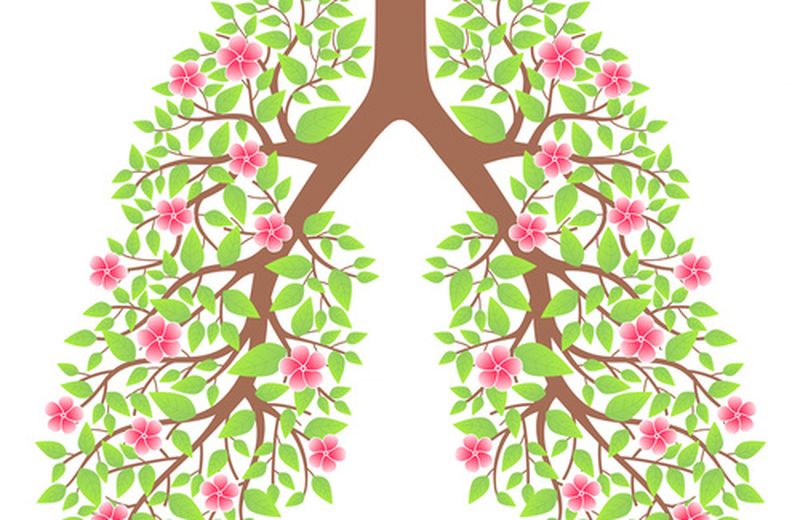Muscles and breathing
An ancient Tibetan saying goes: “Breath is the horse and the mind is the jockey”. Let’s discover the connection between muscles and breathing.

We can go back to observing the way we breathe, starting from the simple observation and then making an assessment that leads us to act serenely in the event of an alteration of the function.
When breathing is impaired
Artificial lighting, pollution, artificial wake-sleep rhythms and improper nutrition are factors that affect the quality of our breathing.
The way we assimilate food also plays a fundamental role: when we eat and don’t chew, we often don’t even breathe properly.
The air that enters the body through the physiological function of respiration is the “treble clef” of many metabolic processes.
Yoga can help: Pranayama (Word composed of Prana which means: breath, breath, life, energy, strength combined with Ayama which means: length, control, expansion) is the name under which a whole series of breathing techniques fall in order to increase vital energy. In fact, the relative levels of oxygen and carbon dioxide in the blood are balanced, restoring the correct respiratory and cardiac rhythm.
How to give your muscles well-being
Breathing and the heart muscle
Breathing has a direct impact on the heart through its influence on heart rate variability (HRV) . HRV measures the time between one heartbeat and the next.
In summary, it measures the percentage of involvement of the sympathetic system compared to the parasympathetic. The higher the variability and the more equilibrium there is between the two systems, the lower the variability and the more the organism is in a state of stress. HRV assessment is an effective tool for the prevention of myocardial infarction.
Psychophysiology is a bridge-discipline that deals with studying the interrelation between physiological variables and the mind. Visual training is associated with respiratory training .
We must also mention holotropic breathing , a formidable technique developed by Stanislav Grof . This technique takes you back to the various stages of birth, leading to the release of energy blocks through the alteration of the respiratory rhythm.
On this basis other methods of circular breathing , rebirthing , connected, integrated or conscious breathing have developed.
Breathing and muscles
When breathing is continually altered, the muscles are also affected . In the long run, they can contract up to give rise to not indifferent energy blocks and muscle cramps .
Restrictions are created that also block blood vessels and nerves, hindering the circulation and transmission of the nervous system , but above all the possibility of self-healing always active in the body and in our cellular memory is less.
A 1999 New England Journal of Medicine study, for example, found that osteopathic manipulation of the spine, including myofascial release , is effective in treating back pain and those who receive it find a benefit that keeps the expense out of the way. for expensive pain relievers, muscle relaxants and anti-inflammatory drugs, which could have potentially dangerous side effects to your health.






























+ There are no comments
Add yours